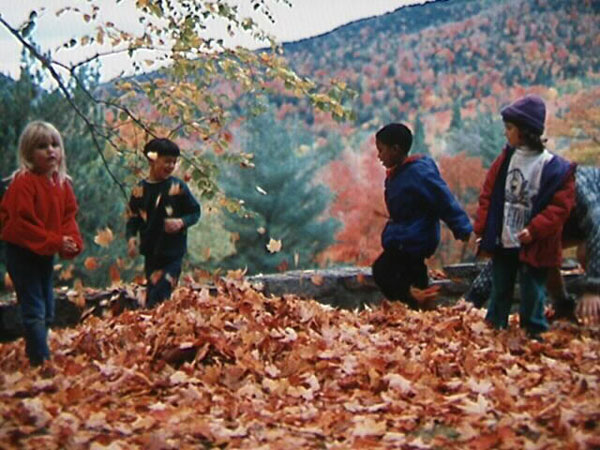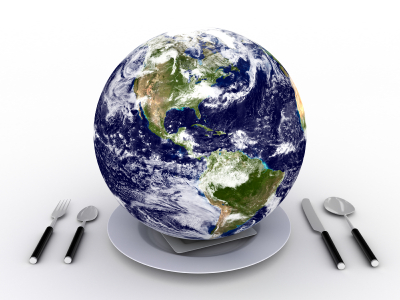
I once had a lovely student named Annick who wrote a manual for grown-ups. It was mostly a colorful how-to book that stacked all the cards in the kids favor. Her book advocated for abolishing bedtimes, and not learning about dead presidents. I recall it was published around Election Day, and we were discussing the importance of voting for a president who would represent the needs of the people. I wrote this quote from JFK on the blackboard:
“Children are the world’s most valuable resource and its best hope for the future.”
I said, “See, here’s a president who loved children.”
Another student raised his hand, “I think you need to read Annick’s book because most grown-ups don’t really listen to children.”
I was teaching second grade.
When I wrote about Severn Suzuki, the 9 year old who started the Environmental Children’s Organization (ECO), a small group of children committed to learning and teaching other children about environmental issues, it dawned on me that children are our most valuable resource and they deserve input on the fate of their future. ECO raised enough money to send Severn, then 12, to the UN’s Earth Summit in Rio de Janeiro. She proceeded to tell a global group of decision-makers how their actions, or inactions would ultimately affect children. Severn silenced the Summit when she asked:
“Are We Even On Your List Of Priorities?”
Let's find a way on this upcoming Election Day, to vote with our parental hearts and figure out this mess for our children: WATCH SEVERN SUZUKI HERE.
Photo: Ted Fink

 Are pumpkins invading your nest like these grinning jack-o’-lanterns that have overtaken this Massachusetts home? Even when the pumpkin glow is at a minimum,
Are pumpkins invading your nest like these grinning jack-o’-lanterns that have overtaken this Massachusetts home? Even when the pumpkin glow is at a minimum, 



